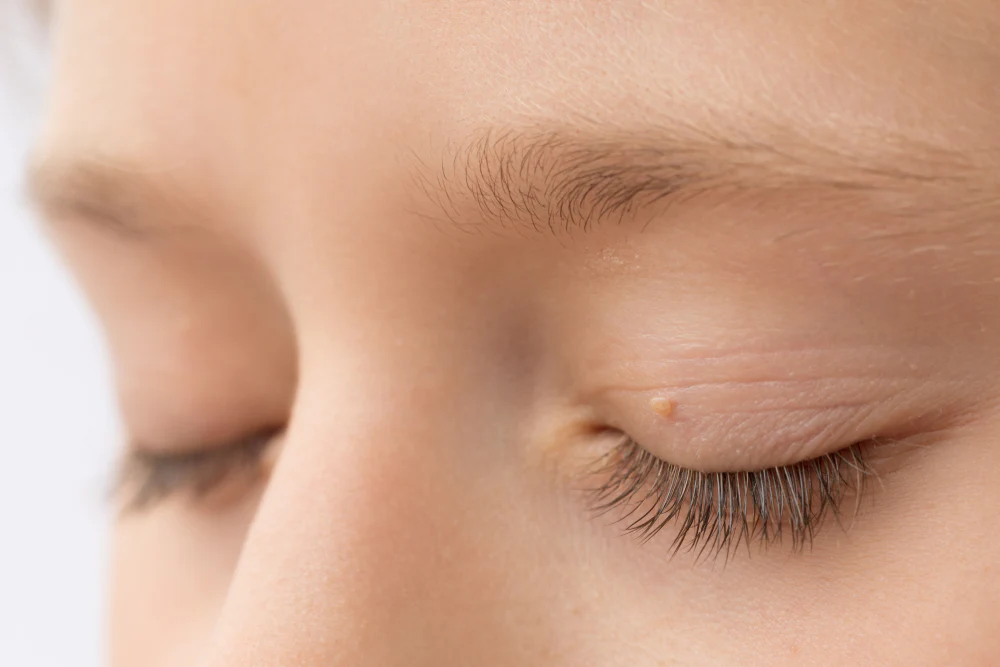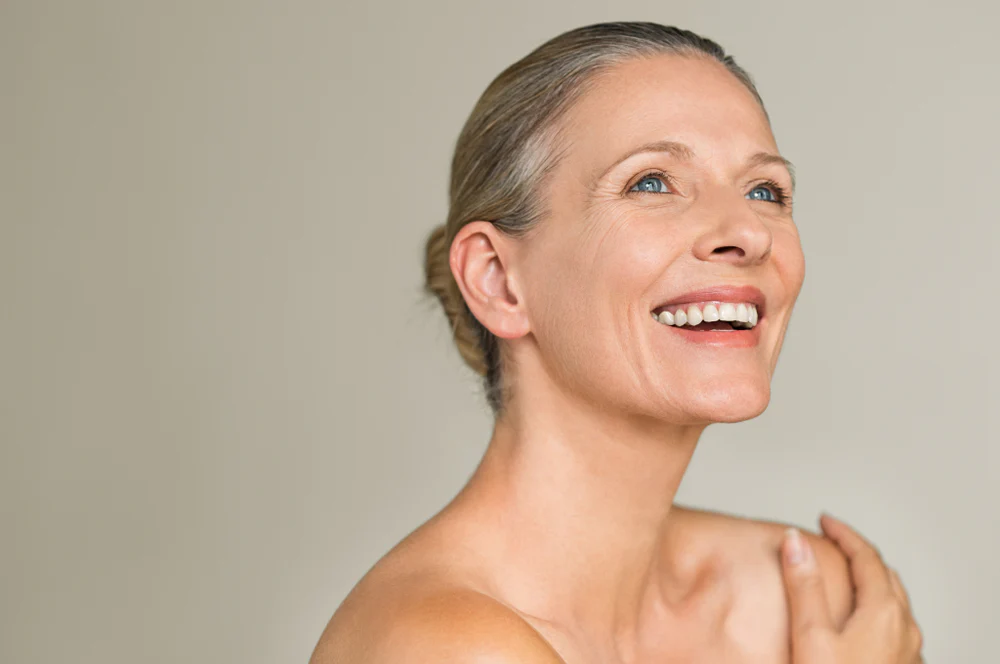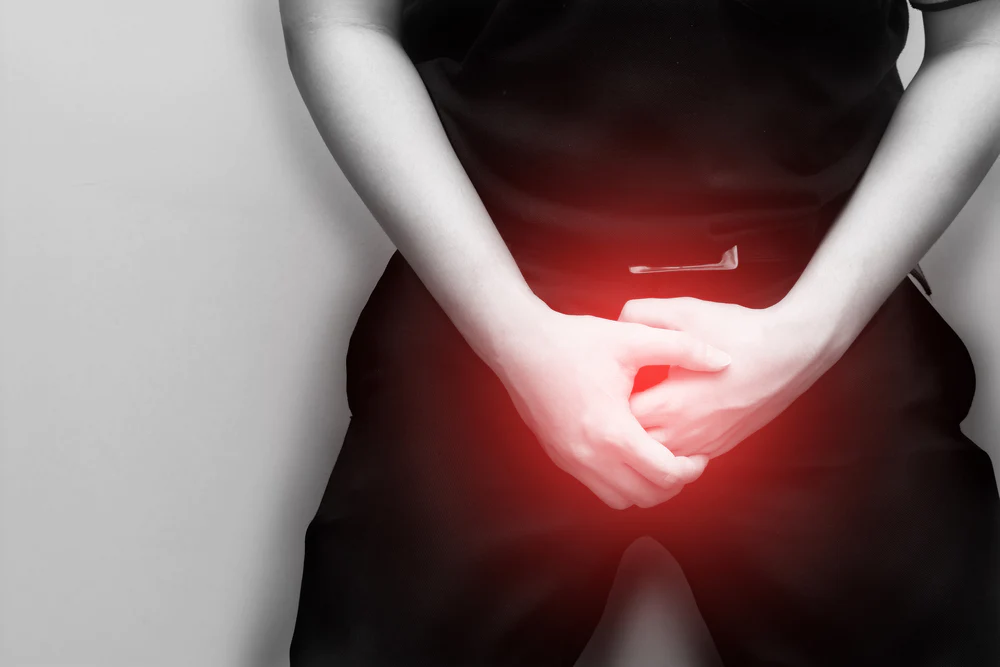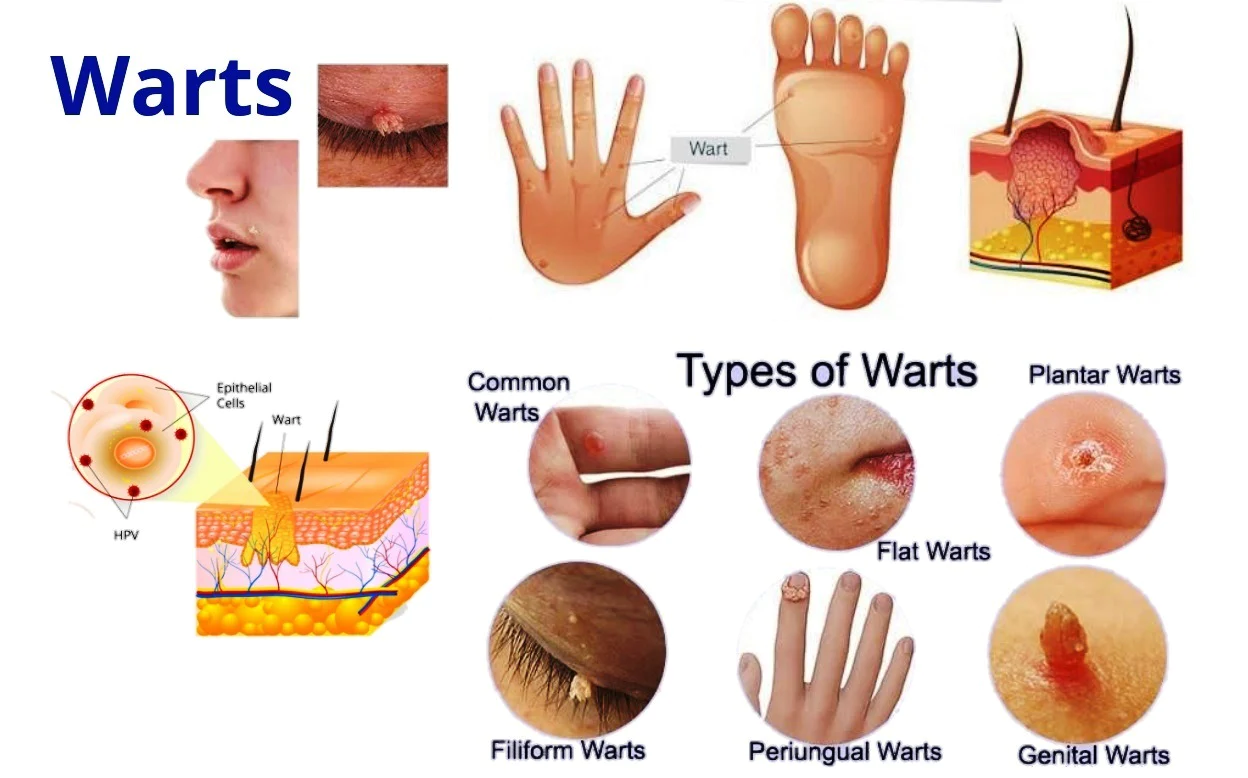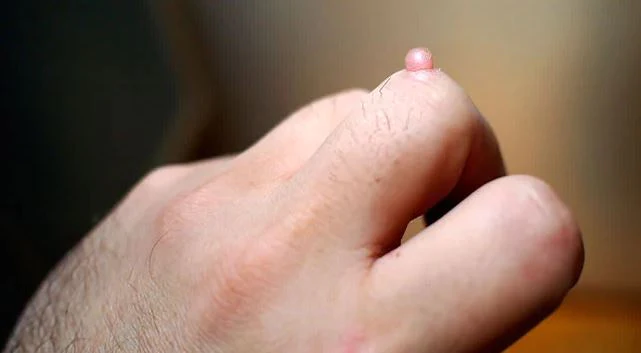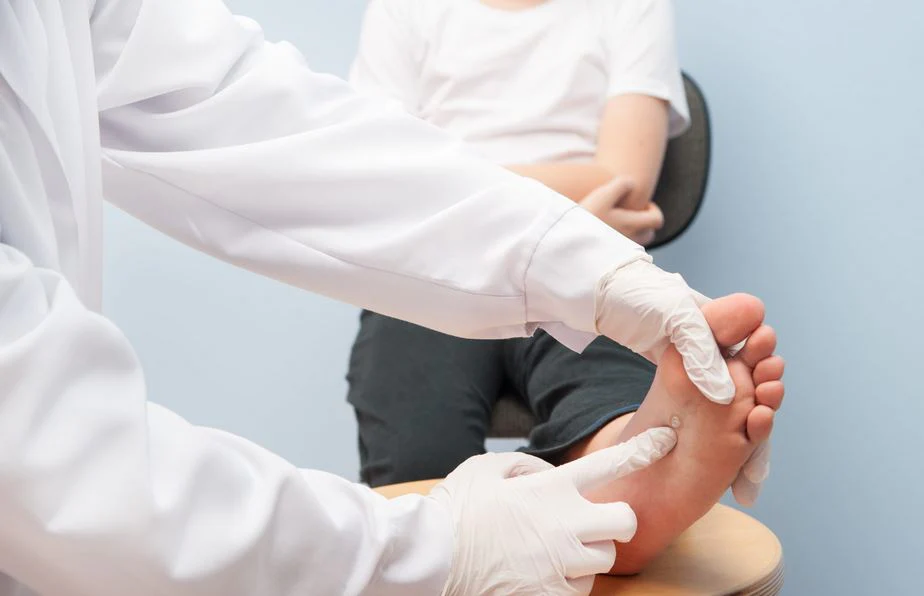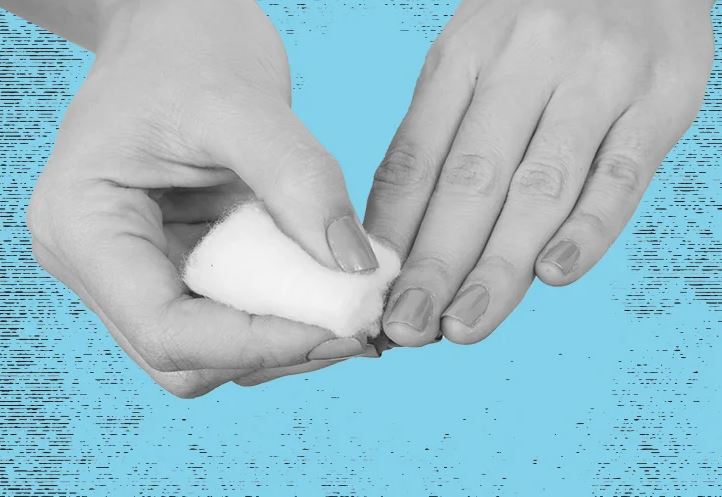How do you care for the area after a eyelid skin tag removal, and how long does it take to heal?
Eyelid skin tags are common and can be unsightly or irritating, but they can be safely removed with the help of an experienced dermatologist. After the removal of an eyelid skin tag, proper care is essential for optimal healing and to minimize the risk of infection or other complications. In this blog post, we'll discuss how to care for the area after an eyelid skin tag removal and how long it takes to heal with the guidance of Revitalise London Dermatology Clinic.
Caring for the Area after Eyelid Skin Tag Removal
Immediately after the removal procedure, your dermatologist at Revitalise London Dermatology Clinic will provide you with specific aftercare instructions tailored to your needs. However, here are some general guidelines to follow:
Keep the area clean and dry: Avoid getting the area wet for the first 24 hours after the procedure. After that, you can gently wash the area with mild soap and water.
Avoid touching the area: Try not to touch the area with your hands, as this can increase the risk of infection.
Apply a healing ointment: Your dermatologist may recommend an ointment or cream to help promote healing and prevent infection.
Use a cold compress: If you experience swelling or discomfort, a cold compress can help alleviate these symptoms.
Avoid strenuous activity: It's important to avoid strenuous activity for the first few days after the procedure to minimize the risk of bleeding or other complications.
Healing Time for Eyelid Skin Tag Removal
The healing time for eyelid skin tag removal varies depending on the individual case and the removal method used. However, most patients can expect to experience some redness, swelling, and mild discomfort for the first few days after the procedure. The healing process typically takes about 1-2 weeks, and your dermatologist at Revitalise London Dermatology Clinic will monitor your progress and provide guidance on when it's safe to resume normal activities.
Conclusion
Proper aftercare is essential for optimal healing and to minimize the risk of complications after eyelid skin tag removal. By following the guidance of an experienced dermatologist at Revitalise London Dermatology Clinic, you can ensure that the area heals safely and quickly. Contact us today to schedule a consultation and learn more about our safe and effective eyelid skin tag removal procedures.

